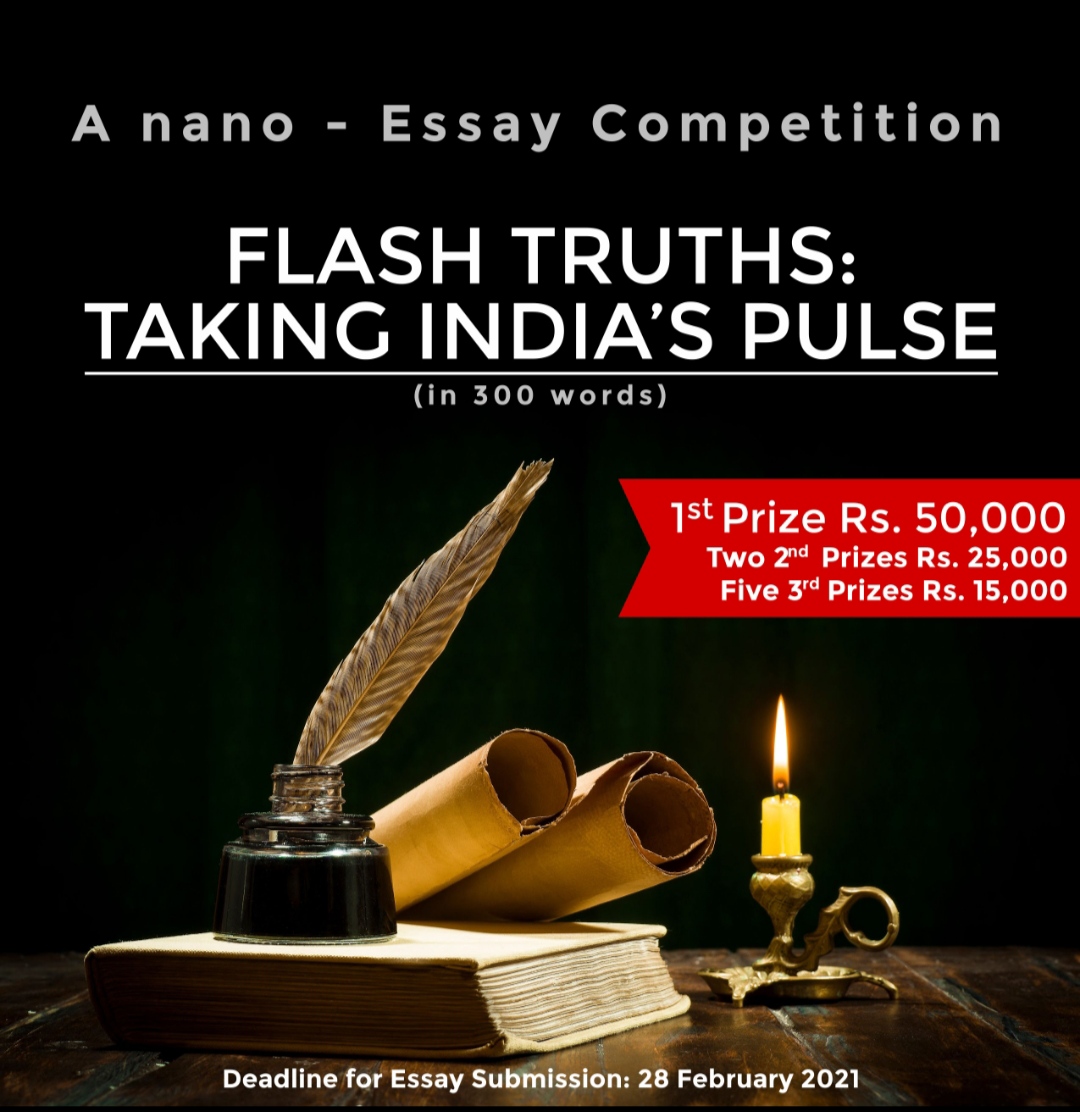By Rakesh Ahuja
- Sinologists everywhere, and particularly those focused on Sino-Indian relations, are pouring over Chinese tea leaves to pinpoint the motivations for, and timing of, China’s recent unprovoked aggression against India on the Line of Actual Control (LAC). The longer-term objectives of its uncompromising behaviour remain opaque.
- All would do well to read the then Indian Home Minister Patel’s (attached) letter of 7 November 1950 to the then Indian Prime Minister Nehru. His analysis of Chinese objectives in Asia, particularly against India, is remarkably prescient.
- It is as relevant today as it was 70 years ago. For example, Patel’s account of Chinese “perfidy” in stealthily annexing Tibet while waltzing to soothing platitudes with Indian Ambassador Pannikar parallels its recent premeditated, barbaric aggression in Ladakh.
- In the context of India’s relatively weaker defence capabilities to withstand Chinese expansionism, Patel’s mantic list of what India must do to counter China’s deep-rooted hostility towards it was, and is, telling.
- Patel makes two other notable points whose currency is increasingly valid today.
- One, he highlights the fact that “our defence measures have so far been based on calculations of superiority over Pakistan. In our calculations, we shall now have to reckon with communist China in the north and in the north-east.” Notwithstanding this warning, the Indian polity from Nehru onwards has been preoccupied with Pakistan, gradually (mis)allocating defence resources to up the ante against Pakistan – most recently with ego-driven surgical strikes under the false flag of national patriotism.
- In contrast, India has been coy in publicly understating Chinese threat to Indian sovereignty and security. Its ordinate reliance on endless bilateral dialogues to counter overt and covert “differences not conflicts” has become a policy in itself. It has never ‘internationalised’ Chinese aggression.
- Two, Patel warns that “Recent and bitter history also tells us that Communism is no shield against imperialism and that the communists are as good or as bad imperialists as any other. Chinese ambitions…irredentism and communist imperialism are different from the expansionism or imperialism of the western powers. The former has a cloak of ideology which makes it ten times more dangerous.”
- Since 2014, Emperor Xi Jinping has unceremoniously turned Deng’s dictum “Hide your strength, bide your time, never take the lead.” on its head. China has now embarked on a not so “peaceful rise”, marked by an assertive and unabashedly self-aggrandising Chinese foreign and security policies.
- By any measure, Chinese imperialism is on display in this season of Chinese black swans: Chinese BRI debt traps, the Coronavirus manipulations, South China Sea, Hong Kong, Taiwan, bullying Australia and others for questioning Chinese policies, now the conflict with India and territorial claims against Bhutan…But perhaps the fittest symbolic parallel to Western imperialism is of forcing Sri Lanka to lease the Hambantota Port for 99 years (in exchange for writing-off multi-million dollar debts), a neat reminder of China being forced in 1898 to lease Hong Kong to the British for 99 years.
- As for Patel’s reference to the critical role of ideology, it has even more relevance in the time of Xi Jinping, who sees himself as the true inheritor of Mao’s (and Stalin’s) mantle. After an erosion of the role of ideology in the post-Mao era, its preeminence is back. Xi believes that the CCP and only the CCP, and only under his leadership, can China advance to the global great power status. Accordingly, the importance of ideology is now paramount. Hence, Xi Jinping’s Thought on Socialism with Chinese Characteristics for a New Era.
- In effect, there is now a central Party Line which all must follow. And hence, less room for domestic political dissent or international criticism over Chinese behaviour at home or abroad. The pretence of mutual respect no longer holds; China is openly striving for dominance. Does a nightmare await India?
- Arguably, India might have been in an infinitely more self-confident and self-reliant position vis a vis China if Patel had not died barely a month after penning his letter, and had continued to provide a counterpoint to Nehru’s policy on China. (At the time, there was literally no one else in Cabinet who had any grasp of international affairs beyond the hackneyed understanding of ideologies at play in the emerging World Order.)
Postscript:
There is a certain irony in noting Patel’s views of China and the 2018 inauguration of the Statue of Unity dedicated to Patel in (his) Gujarat State. It is the world’s tallest statue with a height of 182 metres. The Indian company, Larsen & Tubro, built the figure, but bronze cladding in the form of bronze plates – what the world sees – were sourced from China and constituted 9% of the total value of the project.




